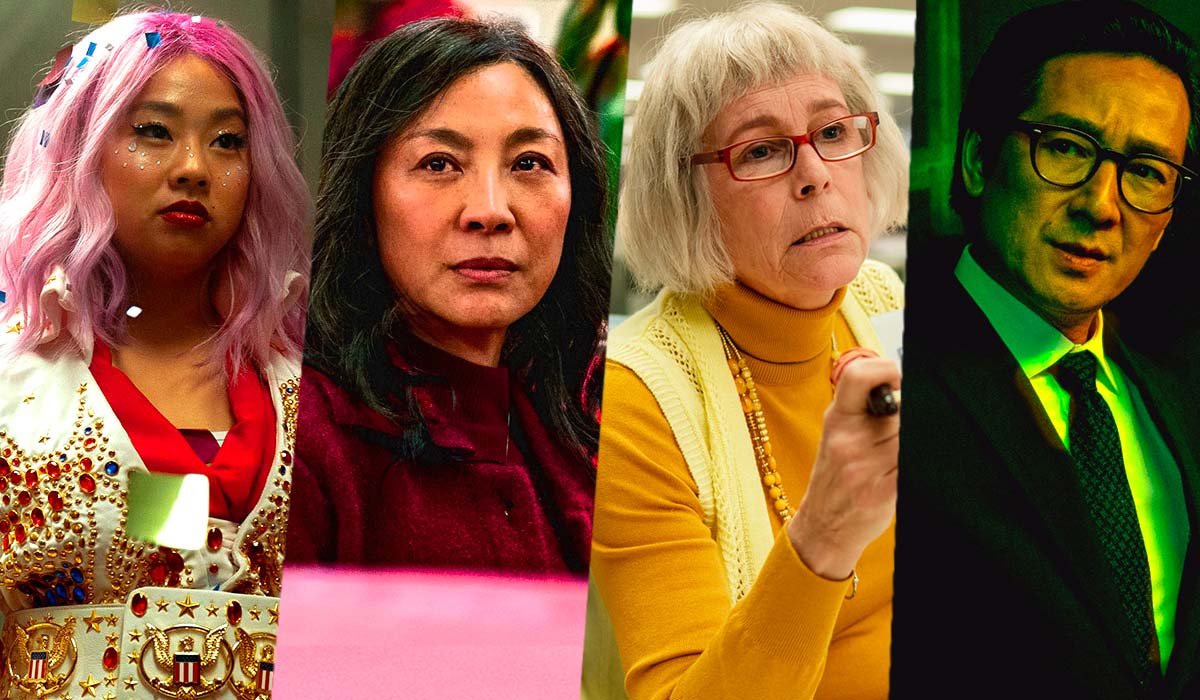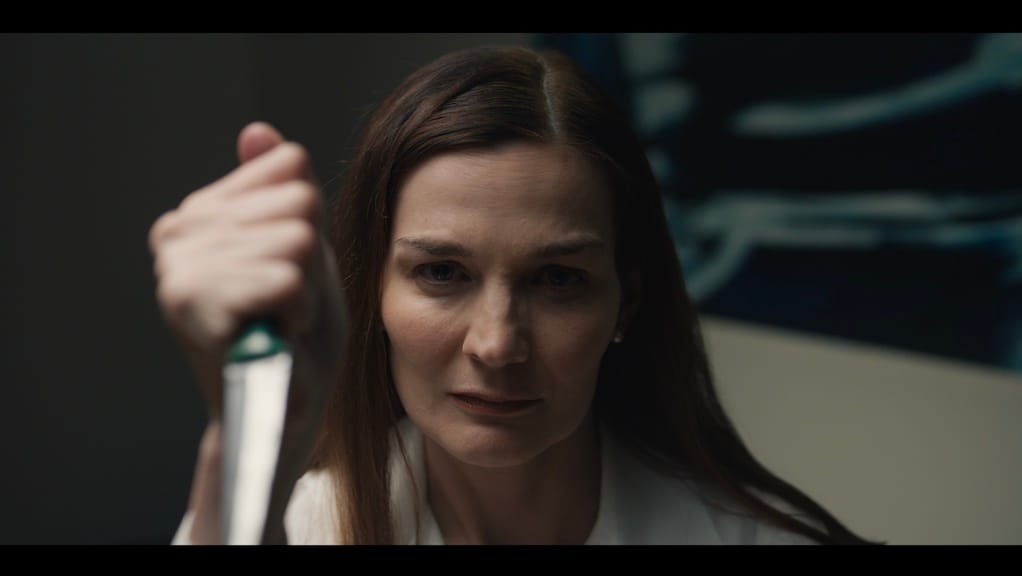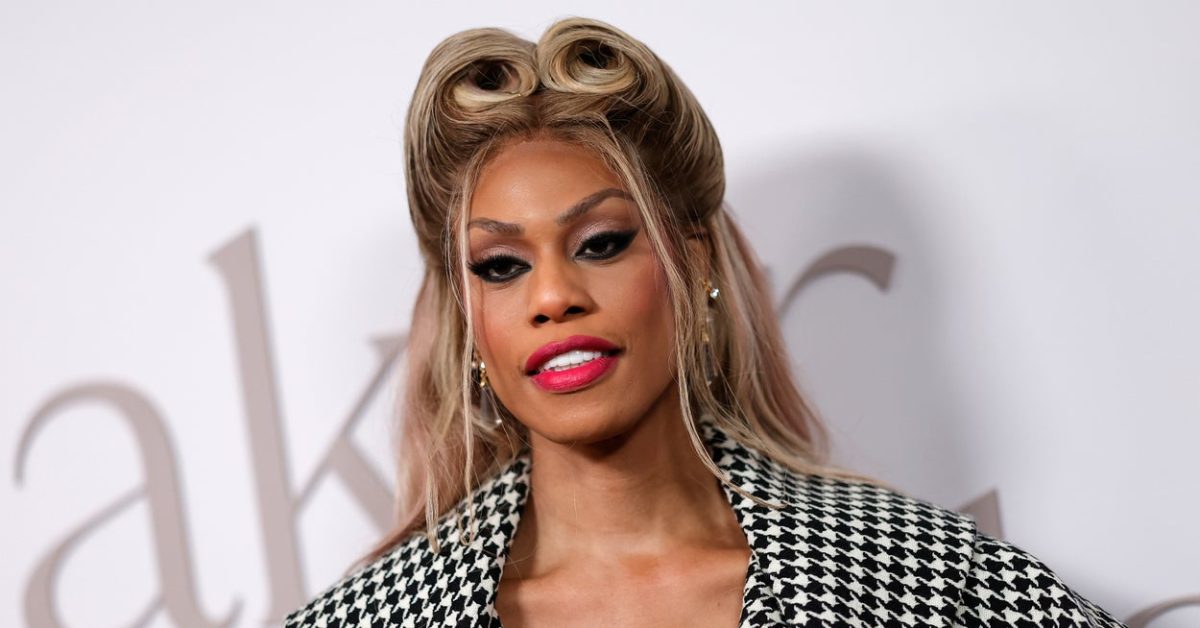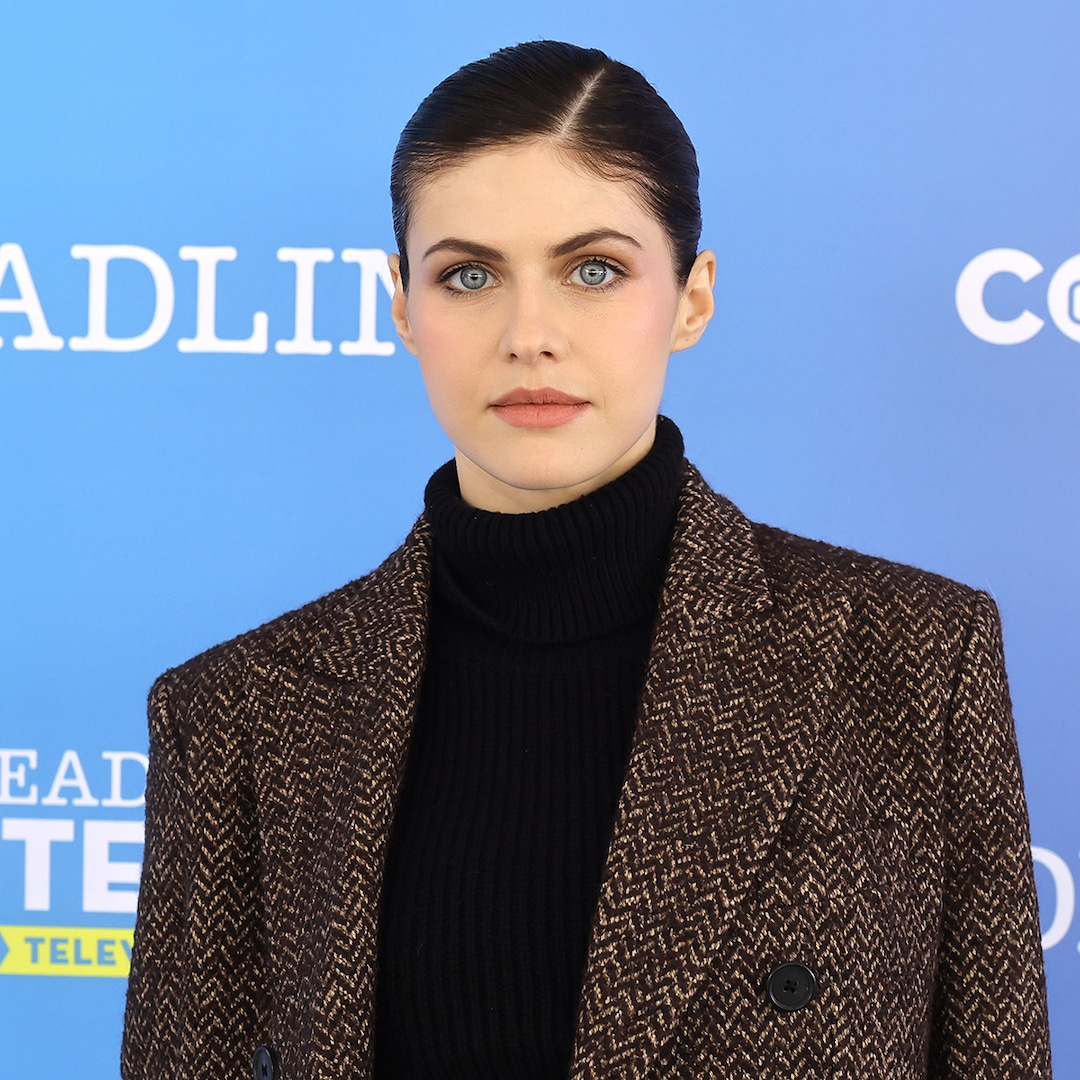
Why ‘Everything Everywhere All At Once’ Won The 2023 Best Picture Oscar
Mar 25, 2023
The soft pink and beige background on the red carpet of this year’s Oscars ceremony echoed the generally much more mellow tone of the evening than we have been used to in the recent past. If last year’s event was one of the most disjointed and chaotic in years, the 2023 evening hosted by Jimmy Kimmel was reassuringly smooth sailing, starting with a (for my money) genuinely funny and charming opening set of jokes. A highlight was the camera repeatedly cutting to audience members who Kimmel said would act as his bodyguards should any violence once again occur on stage — from martial arts queen Michelle Yeoh to Andrew Garfield’s embarrassed Spider-Man and, naturally, Steven Spielberg.
READ MORE: Oscars 2023 Snubs and Surprises: Angela Bassett, Cate Blanchet, and More
The list of winners followed the same rhythm and offered up few surprises, with Edward Berger’s “All Quiet on the Western Front” swooping an impressive four awards, and Daniel Kwan and Daniel Scheinert’s “Everything Everywhere All At Once” pretty much everything else, with no less than seven awards — an impressive result for a film that premiered in March 2022 at SXSW and came out in cinemas in April, achieving remarkable longevity in the hearts and minds of voters. But as the evening progressed and “EEAAO” began to hoover up statues, it seemed more and more certain that this year’s main prize would go to a film that appears almost reverse-engineered to fulfill the demands of both commercial cinema and Academy voters today.
READ MORE: Best and Worst Of An ‘Everything’ Oscars: Jimmy Kimmel, Lady Gaga, Ke Huy Quan
The Power of the Underdog, Once MoreI wrote last year about how both Jane Campion’s “The Power of the Dog” and Sian Heder’s “CODA” had better sets of cards than their fellow Best Picture nominees because both represented an occasion for The Academy to create a historic moment by recognizing an often neglected minority. Michelle Yeoh’s win is of course historic in several ways — she is only the second person of color to win the award for Best Actress, following Halle Berry for “Monster’s Ball” in 2002; she is also the first actress of Southeast Asian descent to win Best Actress. Finally, she is also most definitely the first martial arts actor, either male or female, to win in this category. Fellow actor Ke Huy Quan, recognized in the Best Supporting Actor category, is the first Vietnam-born actor to win an Oscar. This marked the first time that multiple Asian actors won Oscars during the same ceremony.
But the underdog quality of “EEAAO” goes deeper than the ethnic makeup of its cast and crew. Another one of the film’s winners was Jamie Lee Curtis, who won the award in the Best Supporting Actress category with her first-ever nomination: she made a point during her speech to shout out the many genre films and genre fans who have supported her work for years. A scream queen, a star whose fame once confined her to the shadowy depths of exploitation cinema, finally recognized by the most high-profile and “establishment” film institution in the Western world: this win also looks like a victory for horror fans everywhere.
But is it really? Although Curtis first came on the scene with a series of horror classics (“Halloween” in 1978, followed in quick succession by “The Fog,” “Prom Night” and “Terror Train”), by 1983 she appeared in mainstream films such as “Trading Places” and “Perfect”, then later in “A Fish Called Wanda” and “Blue Steel.” The fact that she is still recognized as an icon of horror cinema is due in part to her largely unwavering faithfulness to John Carpenter’s franchise, which launched her career. But most of all, it seems the result of studios’ nostalgic IP-mining (see her return to “Halloween” in David Gordon Green’s sequels starting in 2018), and, most crucially, of a newfound respect for horror cinema within the mainstream these past few years (remember “elevated horror?”).
It would be nice to believe that the latter phenomenon was the result of a global recognition that horror cinema is good, actually. But until a horror movie wins Best Picture — or rather, until several horror movies win Best Picture — it seems safe to assume this has not yet happened (“The Silence of the Lambs” is not a horror film). As succinctly put by Mark Asch on Twitter, the wider, yet still limited recognition of horror’s greatness seems to do with the way certain aspects of culture have shifted to a more horizontal model. The monoculture, where everyone cared about the same cultural objects simultaneously, because everyone watched the same TV channels at the same time and listened to the same radio programs at the same time, has been replaced by a more fragmented one, where fans of more apparently niche objects can gather online to form their own communities. In that context, can genre cinema still be considered outsider art today? As consumers take the wheel, they can choose to consume whatever art they want, whenever they want it, and connect from wherever they might be. Everything, everywhere, all at once.
Monoculture is often believed to encourage a “lowest common denominator” approach to art, while smaller but overlapping fandoms are understood to foster a more elaborate and demanding relationship to it. But as can attest anyone who, while young, has watched Oscar-winning films of the past simply because they were Oscar winners, sometimes the opposite is true: the consensus over a film voted on by experts in their fields can encourage audiences to engage with, and be enriched by, a work they may find intimidating or somewhat out of reach.
Fandom, on the other hand, while it frees the viewer/consumer from the “mind control” mechanism of the monoculture, is predicated on the perception that one is alone in valuing something unappreciated by the powerful mainstream. It’s a position that can easily lead to resentment and bitterness when it is encroached on by those perceived as less well-versed in what makes a given object so special for the fan.
On Twitter, in the lead-up to the Oscars, the Daniels repeatedly called for their legions of fans to remain calm and not lash out if the film did not win the awards they might have thought it deserved. This strange plea isn’t just a product of the “nicecore” vibe the two directors have going on — it is a sincere recognition of the fact that the quirky and the sanctimonious are opposite sides of the same coin.
Manufacturing Content“EEAAO” differs from “CODA” not just because people actually watched it. Baked into the film is an understanding of what makes the superhero movies of today such phenomena and, as Kimmel himself pointed out, the highest-grossing films of 2022.
The basic component of the film is the bitterness and longing for a better life from its lead character Evelyn (Yeoh), and the film largely indulges in this feeling of regret through the mechanism of the multiverse. Through it, Evelyn can look back at moments from her past when she could have gone in another direction — in an American commercial cinema landscape so overly dominated by remakes and reboots, the power of nostalgia no longer needs to be demonstrated. But the multiverse also allows Evelyn to see and experience all the different lives she could have had, had she made other decisions. This narrative tool therefore also responds to (superhero movie) audiences’ perceived refusal to be stuck with one version of a story.
And why stick to one film at all? The film also includes references to other titles, offering jolts of recognition for an audience well versed in Internet-friendly movies such as “Ratatouille” but also Wong Kar-wai’s “In the Mood for Love” — fandom and nostalgia all rolled into one.
A film that, as its very title indicates, seeks to have it all must also indulge in every possible genre and emotion. “EEAAO” constantly jumps from gore and violence to gooey, sitcom-y sentimentality and wordless romanticism, in a sort of buffet restaurant vision of cinema. Seeking to satisfy all fandoms and tastes, eager not to leave any possible viewer behind, “EEAAO” simply stitches all of these genres and styles together, trusting that the streaming- and TikTok-savvy viewer has no problem moving from one to the other.
Subtlety, it has been said, is for cowards, and who has the time for that anyway? Last year’s Oscars ceremony was markedly more concerned with appearing to be down with the kids than this year’s (remember the #OscarsCheerMoment and the #OscarsFanFavorite?), but the 2023 winner is the goofiest, quirkiest, silliest, and most openly childish in years.
The Little Film That CouldWith its $25 million budget, “EEAAO” was a bigger production than fellow Best Picture nominees “The Whale,” “Triangle of Sadness,” “The Banshees of Inisherin” and even the war film “All Quiet on the Western Front.” It has also benefited from the marketing of Oscar-winning distributor A24. Yet its positioning throughout Oscar season has been that of an underdog and unlikely contender. Its overt celebration of banal day-to-day life — Evelyn eventually realizes she would always pick her original, unglamorous universe over any other — its representation of the experience of first- and second-generation immigrants, and its embrace of Internet culture set it apart from the kind of prestige films that won Oscars for years and often still do. However, it hardly sets it apart from the culture at large.
As the fragmentation of the monoculture continues, it follows that the separation between cinema and other arts and media also dissipates. The metatextual play at the heart of “EEAAO” points to a future where the pride of place given to cinema in ceremonies such as the Oscars might come to be threatened from the inside, by the nature of the films produced themselves. If the future does not belong to Films About Films (see the relative failures of “The Fabelmans” and “Babylon”), then maybe it belongs to Films About Media, where knowing about and referencing other films and memes is enough. The Wong Kar-wai-inspired romance movie seen in “EEAAO” does not need to be made; neither does the “Matrix”-lite office karate movie, or the one about the two lovers with sausage fingers. There is, apparently, no need to look too closely at any of those possibilities. Though fragmented fandom culture is supposed to obsess over detail and small variations, putting the viewer/consumer first promotes the familiar, discouraging curiosity and risk-taking until the only thing we can agree on is that googly eyes are kind of funny.
Publisher: Source link
Laverne Cox Reacts To Donald Trump’s Election Win
Laverne Cox discussed why she's considering leaving the US following Donald Trump's win in the 2024 election. In a new interview with Variety, Laverne said that she and several friends were considering a move: "We’re doing research on different cities…
Nov 14, 2024
Alexandra Daddario Reveals Postpartum Body 6 Days After Giving Birth
Alexandra Daddario Shares Candid Photo of Her Postpartum Body 6 Days After Giving BirthAlexandra Daddario is embracing new motherhood. Days after welcoming her first baby with husband Andrew Form, the White Lotus alum shared a photo of her postpartum body…
Nov 14, 2024
Fans Are Reacting To Rihanna's Recent Comments About Shifting From Her Music Career, And They're Worried To Say The Least
"She tryna tell yall that she not releasing any music baby," one user wrote.View Entire Post › Disclaimer: This story is auto-aggregated by a computer program and has not been created or edited by filmibee.Publisher: Source link
Nov 13, 2024
Gigi Hadid & Bradley Cooper Twin During Limitlessly Chic NYC Date
A twinning moment is born. Gigi Hadid and Bradley Cooper—who have been quietly linked since October 2023—proved their romance is as strong as ever as they stepped out in coordinating looks for a stroll in New York City on Nov.…
Nov 13, 2024











